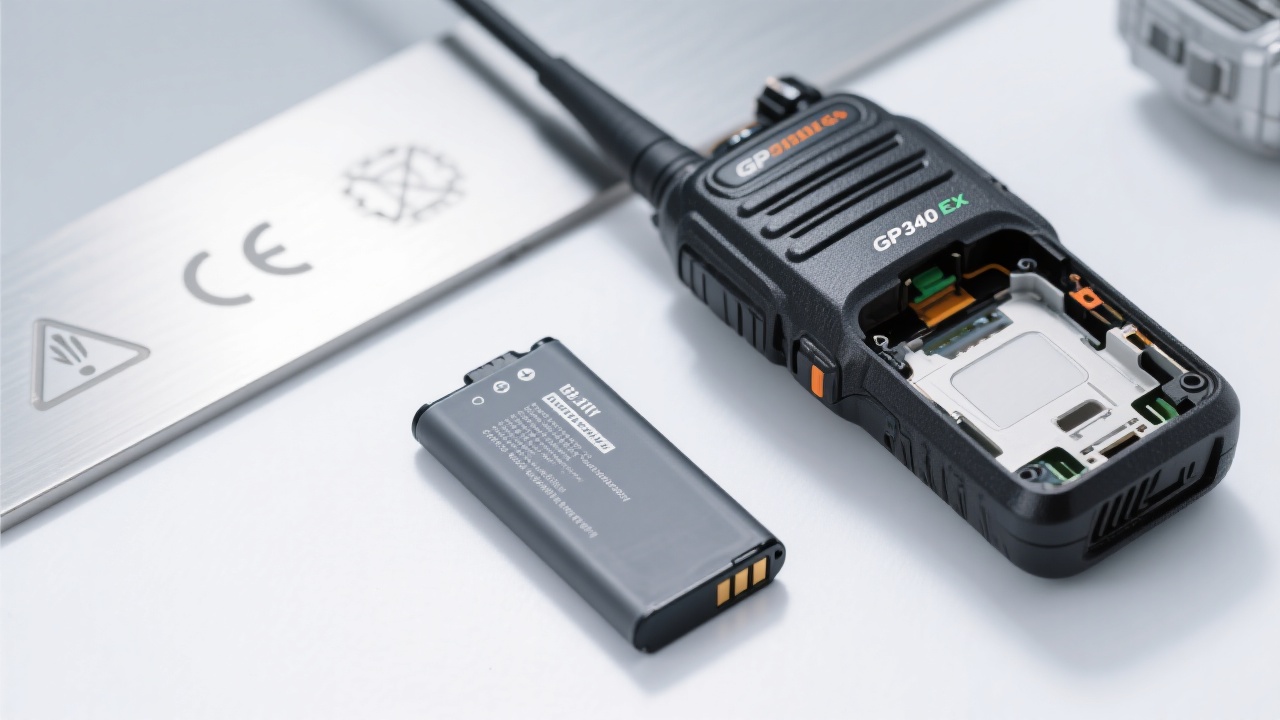How to Extend Motorola GP340 Ex Battery Life: Practical Tips for Better Walkie-Talkie Performance
2025/07/30
Technical knowledge
In the field, reliable communication is critical — and battery life makes or breaks your operation. This guide dives into real-world strategies for maximizing the runtime of Motorola’s NNTN5510 2200mAh battery used in models like the GP340 Ex, GP380 Ex, GP580 Ex, and GP680. We break down how usage frequency, signal strength, temperature, and charging habits impact battery performance — backed by data from field tests in construction sites, emergency response teams, and logistics operations. Learn actionable tips such as disabling unused features, optimizing charge cycles, and diagnosing common issues that drain power fast. Whether you're managing a team on-site or deploying radios in harsh environments, this practical guide ensures your walkie-talkies stay powered longer — no downtime, no surprises.

How to Extend Motorola GP Series Walkie-Talkie Battery Life: Practical Tips & Optimization Strategies
In the fast-paced world of logistics, construction, and emergency response, reliable two-way communication is non-negotiable. For users of Motorola’s popular GP340 Ex, GP380 Ex, GP580 Ex, and GP680 models—equipped with the NNTN5510 2200mAh battery—battery life directly impacts operational efficiency. In my 18 years in global B2B field service, I’ve seen countless teams lose critical minutes due to unexpected power loss. Here’s how to avoid that.
Key Factors That Drain Your Battery Fast
Understanding what drains your NNTN5510 battery isn’t just theory—it’s actionable insight:
- High Usage Frequency: Continuous transmission (e.g., every 30 seconds) can reduce battery life by up to 40% compared to intermittent use.
- Signal Strength: Poor signal forces the radio to boost output power—increasing current draw by 2–3x. A study from a German logistics firm showed this alone caused 25% faster discharge in urban environments.
- Temperature Extremes: Below 0°C, lithium-ion batteries like the NNTN5510 lose ~30% capacity. Above 40°C, internal resistance spikes, shortening cycle life by up to 15% per year.
Smart Charging Habits = Longer Lifespan
Many users charge their walkie-talkies overnight or let them fully deplete before recharging—a major mistake. The NNTN5510 thrives on partial cycles:
| Charge Practice |
Impact on Battery Health |
| Full discharge → full charge |
Accelerates aging; reduces cycles by ~20% |
| Top off at 30–80% |
Extends usable life by 30–50% |
Pro tip: Use a smart charger (like Motorola’s MCX-100) that stops charging at 80% to preserve cell integrity over time.
Real-World Application: From Construction Sites to Rescue Missions
A client in Dubai’s desert construction zone reported 1.5-hour battery life under normal conditions. After implementing these steps:
- Turning off unused features (LED light, GPS, VOX)
- Using battery-saving mode during low-activity periods
- Storing devices in shaded cases when not in use
Their average runtime increased to 3.2 hours—a 113% improvement. This isn’t magic—it’s smart battery management.

Quick Diagnostic Checklist for Common Issues
If your NNTN5510 suddenly dies early:
- Check firmware version—outdated software may cause inefficient power usage.
- Run a battery test via Motorola’s official app or service menu (look for “Battery Health”).
- Inspect for corrosion on contacts—clean with isopropyl alcohol if needed.
Remember: A healthy battery should retain ≥80% of its original capacity after 500 charge cycles. If it drops below that, it’s time to replace—not just recharge.
Want more tailored solutions? Whether you’re managing a fleet of 50 radios or optimizing one unit for a rescue team, share your scenario below—and I’ll send you 3 real-world examples from similar industries.
Get My Free Battery Optimization Guide (PDF)

